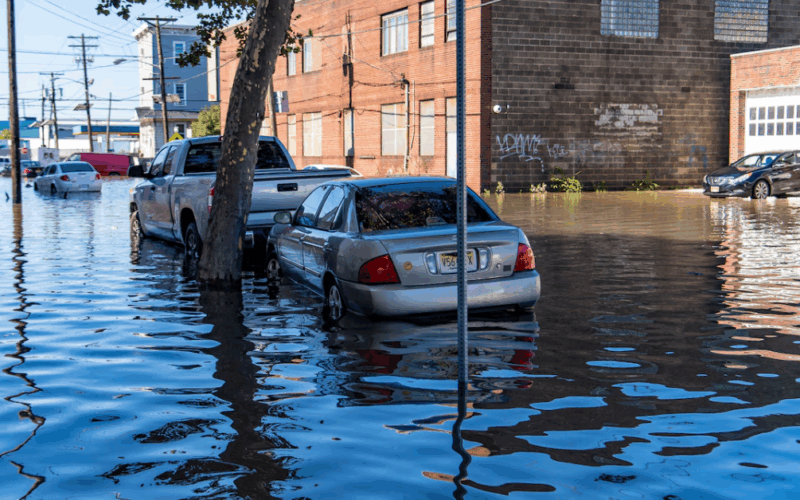Nevada is currently experiencing severe weather conditions, with multiple warnings in place to keep residents safe. The state’s unusual rainfall has led to flood advisories issued by the National Weather Service, urging people to stay alert and prepared. This situation affects communities across Nevada, including urban areas where flooding can disrupt daily life and travel.
Understanding these weather warnings is important, especially for younger adults who may be new to handling emergency situations. Flood advisories mean rising water levels could cause hazardous road conditions and potential property damage. Staying informed through reliable sources ensures that you and your family remain safe during this time.
What Are Flood Advisories and Why Are They Issued?
Flood advisories are official notifications from weather authorities indicating that flooding is possible or already happening in certain areas. These alerts warn residents to be cautious of water on roads and low-lying places. According to the National Weather Service, a flood advisory is less severe than a flood warning, but it still means that people should prepare for flooding by avoiding unnecessary travel and protecting property.
In Nevada, heavy rains and sudden storms have led to flooding in parts of the state that usually have dry weather. Especially during monsoon season, these flash floods can appear quickly, catching people off guard. It is important to never ignore an advisory as conditions can change rapidly.
Current Weather Warnings Across Nevada
The National Weather Service and local authorities continue to monitor the situation and have issued several flood advisories throughout the state. Areas near rivers, streams, and desert washes are at higher risk. Besides flooding, residents should also be aware of possible mudslides and road closures due to water damage.
For the latest updates, you can visit the Nevada Weather Forecast Office, which provides continuous information on flood risks and safety tips. Staying updated through trusted websites helps ensure you receive timely alerts and instructions.
Safety Measures to Follow During Flood Advisories
When a flood advisory is in effect, it is vital to stay safe by taking a few simple steps. First, avoid driving or walking through flooded areas. Just a small amount of water can wash away vehicles or cause injuries. If you live near flood-prone zones, prepare an emergency kit with essentials like water, food, and important documents.
Communicate your plans to family or friends, and keep your phone charged for emergency alerts. Pay close attention to local news channels or social media pages for real-time information. Also, be ready to evacuate if authorities instruct you to do so to avoid dangerous situations.
Impact of Flooding on Daily Life and Travel
Flooding can disrupt daily activities in Nevada by causing road blockages, public transport delays, and even power outages. For younger readers, this means plan ahead to avoid being stranded. Check your routes before leaving home and consider alternative ways to reach your destinations safely.
Schools and workplaces may also close temporarily depending on the severity of the floods, so stay connected with your community for announcements. Knowing what to do helps reduce anxiety and makes it easier to handle such emergencies calmly.
How Climate Change Affects Nevada’s Weather Risks
Experts believe that climate change is increasing the frequency and intensity of extreme weather events like heavy rains and floods in Nevada. The state’s dry desert environment is becoming more vulnerable due to shifting weather patterns. According to climate studies referenced by EPA climate resources, these changes require more awareness and preparedness from residents.
Young adults can contribute by staying informed and supporting sustainable choices that reduce environmental impact. Understanding how climate affects local weather risks empowers communities to better respond and adapt to future challenges.
Conclusion: Staying Safe and Informed in Nevada’s Flood Season
Nevada’s flood advisories are a clear reminder to always take severe weather warnings seriously. By following official advice, preparing adequately, and staying aware of the latest updates, you can protect yourself and others from flood-related dangers. Remember, safety comes first during any weather emergency.
For ongoing information, rely on trusted organizations like the National Weather Service and local government websites. Being proactive and prepared makes all the difference, especially for younger readers experiencing these situations for the first time.




